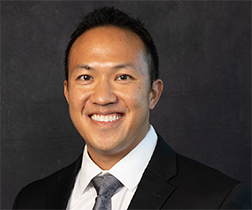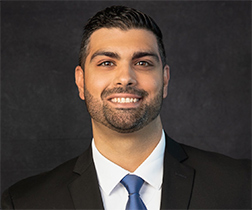Normal Anatomy of the Rotator Cuff
The rotator cuff consists of a group of tendons and muscles that surround and stabilize the shoulder joint. These tendons allow a wide range of movement of the shoulder joint across multiple planes. Irritation or injury to these tendons can result in rotator cuff pain.
Causes of Rotator Cuff Injury or Tear
Rotator cuff pain may be caused due to:
- Age-related wear and tear of the rotator cuff tendons in the shoulder
- Repeated overhead arm movements as performed during manual labor
- Sports activities such as pitching during baseball or playing racquet sports
- Trauma such as accidents, direct blows to the shoulder, or falling on the shoulder
What is a Rotator Cuff Tear?
A rotator cuff is a group of tendons in the shoulder joint that provides support and enables a wide range of motion. A major injury to these tendons may result in rotator cuff tears. It is one of the most common causes of shoulder pain in middle-aged and older individuals.
What are the Causes of Rotator Cuff Tears?
A rotator cuff tear may occur with repeated use of the arm for overhead activities, while playing sports, or from a motor accident.
What are the Symptoms of Rotator Cuff Tears?
A rotator cuff tear causes severe pain, weakness of the arm and crackling sensation on moving the shoulder in certain positions. There may be stiffness, swelling, loss of movement and tenderness in the front of the shoulder.
How is a Rotator Cuff Tear Diagnosed?
Your surgeon diagnoses a rotator cuff tear based on a physical examination and X-rays. A rotator cuff tear is best viewed on magnetic resonance imaging (MRI).
What are the Treatment Options for Rotator Cuff Tears?
Conservative treatment
The conservative treatment options for rotator cuff tears are:
- Rest
- Shoulder Sling
- Pain medication
- Injection of a steroid (cortisone) and a local anesthetic in the subacromial space of the affected shoulder to relieve inflammation and pain
- Exercises
Surgery for Rotator Cuff Tears
Rotator cuff repair may be performed by open or arthroscopic surgery. In arthroscopy, the space for rotator cuff tendons will be increased and the cuff tear is repaired using suture anchors. These anchor sutures help in attaching the tendons to the shoulder bone. Following the surgery, you may be advised to practice motion and strengthening exercises.
Other Common Rotator Cuff Injuries or Tears
- Rotator Cuff Pain
- Rotator Cuff Re-tear
- Massive Retracted Rotator Cuff Tear
- Rotator Cuff Calcification
- Shoulder Impingement
- Snapping Scapula
- Subacromial Impingement Syndrome
-
Howard W. Harris, M.D.Shoulder
-
Michael L. Nguyen, M.D.Shoulder &
Sports Medicine -
Paul A. Tavakolian, M.D.Hand, Wrist & Elbow















